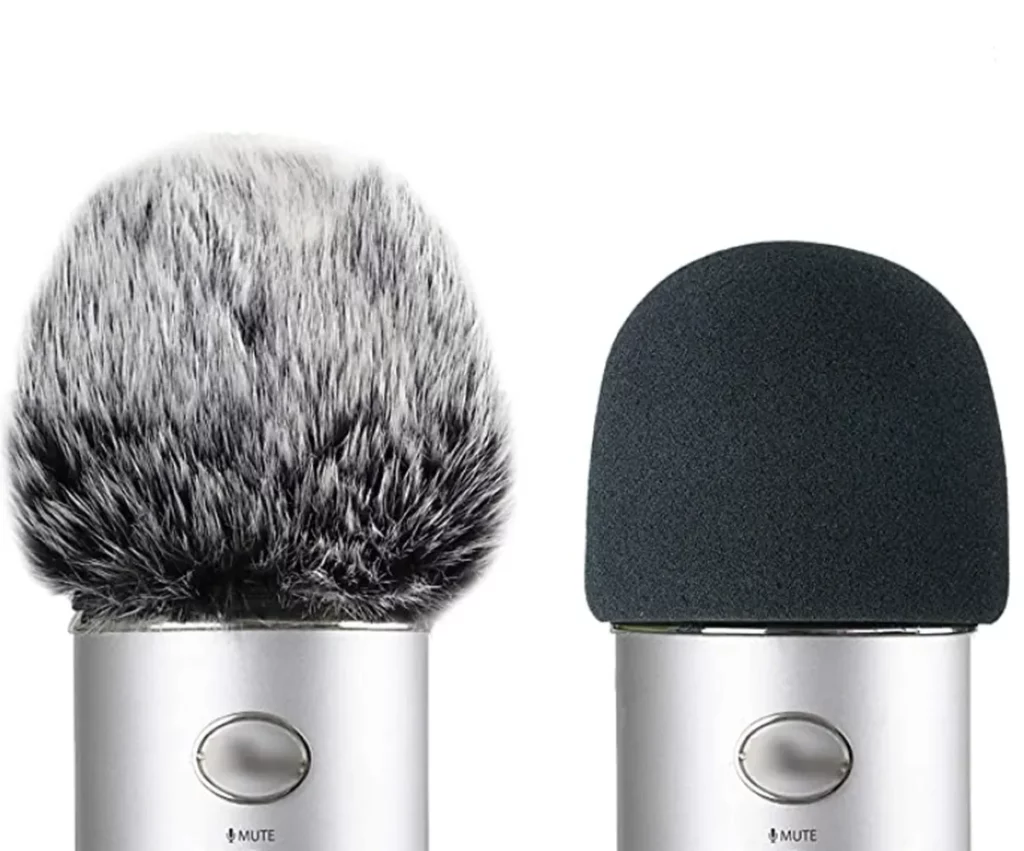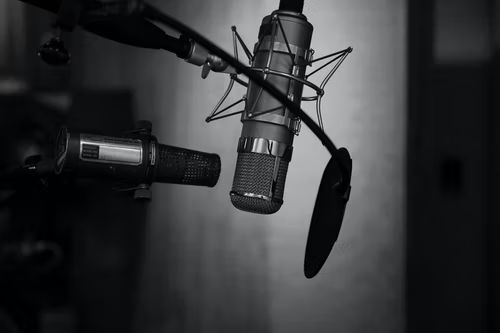An oral history interview recorded in a noisy environment is a nightmare to anyone who has to listen back to the recordings, especially anyone given the task to transcribe the audio. It’s a fact that sometimes researchers require transcribers to perform miracles and turn poorly recorded data into immaculate transcripts. As transcribers, we would love to give immaculate transcripts but with a poorly recorded audio this is close to impossible. Having poorly recorded audios in turn, affects the reliability of data collected once transcribed.
This blog is to help oral historians record valid and reliable data and in the long run collect better qualitative data to make their research projects a success.
Avoid Noisy Places

This is kind of a no brainer but, don’t record your oral history interviews in a noisy place. This tip is sure to improve the sound quality of your oral history recorded interviews. If you really have to record in a restaurant, pick a spot that has the least noise, where there are no direct blaring radio hits or constant loud conversations from nearby restaurant goers directed your way as you are conducting your research interviews. Or you can choose to record at a restaurant when it is less busy.
You have to remember that no amount of preparation, equipment, post editing, or tips will make the noise magically disappear, so try and be creative in looking for ways to reduce surrounding noise.
Prepare Immensely for the Unknown

Recording in a noisy place you are sure to encounter a lot of unknowns.
So how to prepare?
Preparing includes knowing your equipment. Heading for your interview without having tested and fully understood your equipment is akin to preparing yourself to fail. Do test interviews on your equipment and figure out every possible situation that may make your recorder fail and devise a backup plan.
Visit the Location
Visit the location at which you intend to conduct your oral history interviews. Find out what spot would work best for your interview. You can also get to know the management and waiters and request them, as they might be willing, to lower the volume of the radio or any background noises such as fans, or relocate any noisy restaurant goers to another table. Knowing what to expect will help you plan appropriately for your interview in a noisy place.
Using a Clip-on Microphone

For you to capture almost good quality recordings in a noisy environment, it would be helpful if you had multiple clip-on microphones. These are also known as lavaliere microphones, tie clip microphones. Clip on microphones do a good job of isolating the sound you want to record, which in this case is your oral history interview recordings.
Get Yourself a Furry Windscreen

If you are going to be recording outside, this will come in handy. A furry windscreen recorder is the perfect tool as it helps reduce pressure as well as any popping or wind noise that may occur while recording. They are available on Amazon at affordable prices.
I do hope these tips were helpful. Contact us for any questions or any transcription needs that you may have.
